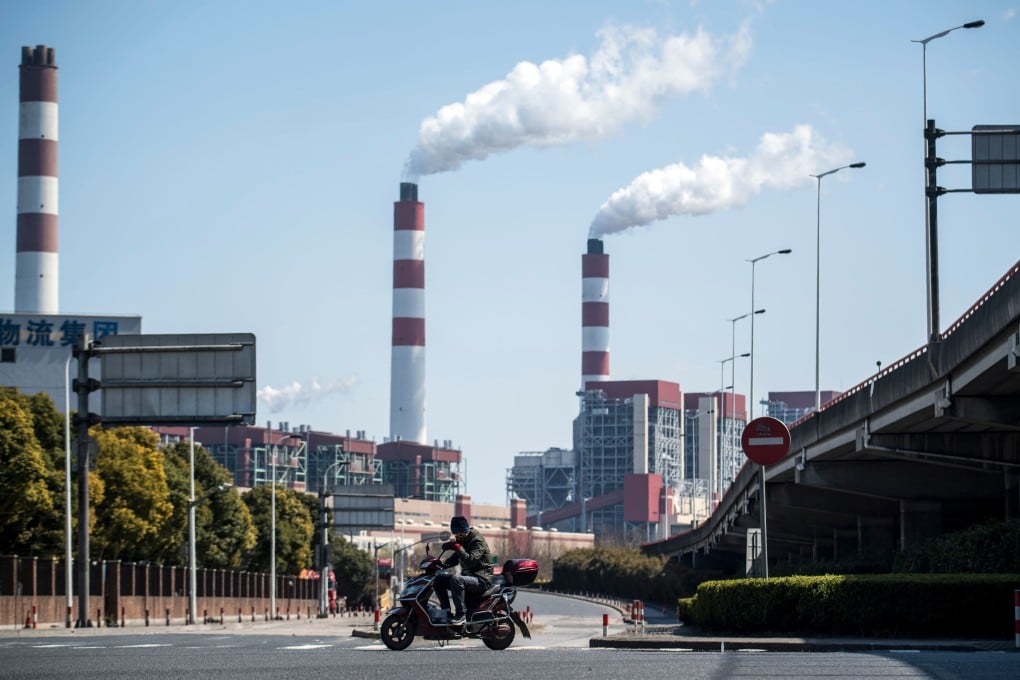Advertisement
China’s carbon neutrality goal: more action needed on ground, report says
- Implementation gap between government’s net zero target and what is happening on the ground ‘cause for concern’, London-based research firm TransitionZero says
- Report recommends China close, convert or put into reserve 364 gigawatts of coal-fired power capacity by 2030
Reading Time:3 minutes
Why you can trust SCMP

China needs to halve carbon dioxide emissions from its coal-fired power plants by the end of the decade if it wants to achieve its carbon neutrality goal by 2060, according to a London-based climate research group.
While the net zero emission goal was achievable, its execution on the ground was a matter of concern, TransitionZero said in a report published on Thursday titled “Turning the Supertanker – Powering China’s coal to clean transition with actionable analytics”.
“The implementation gap between the government’s net zero target and what is happening on the ground is a cause for concern from both a climate and economic perspective,” it said.
Advertisement
Specifically, the report recommended China close, convert or put into reserve 364 gigawatts of coal-fired power capacity by 2030, and regulate and reform its national carbon trading scheme known as the emissions trading system (ETS).
Using satellite imagery, machine learning (ML) and financial modelling, TransitionZero said replacing China’s coal plants with clean energy alternatives could save US$1.6 trillion.
Advertisement
Advertisement
Select Voice
Choose your listening speed
Get through articles 2x faster
1.25x
250 WPM
Slow
Average
Fast
1.25x
